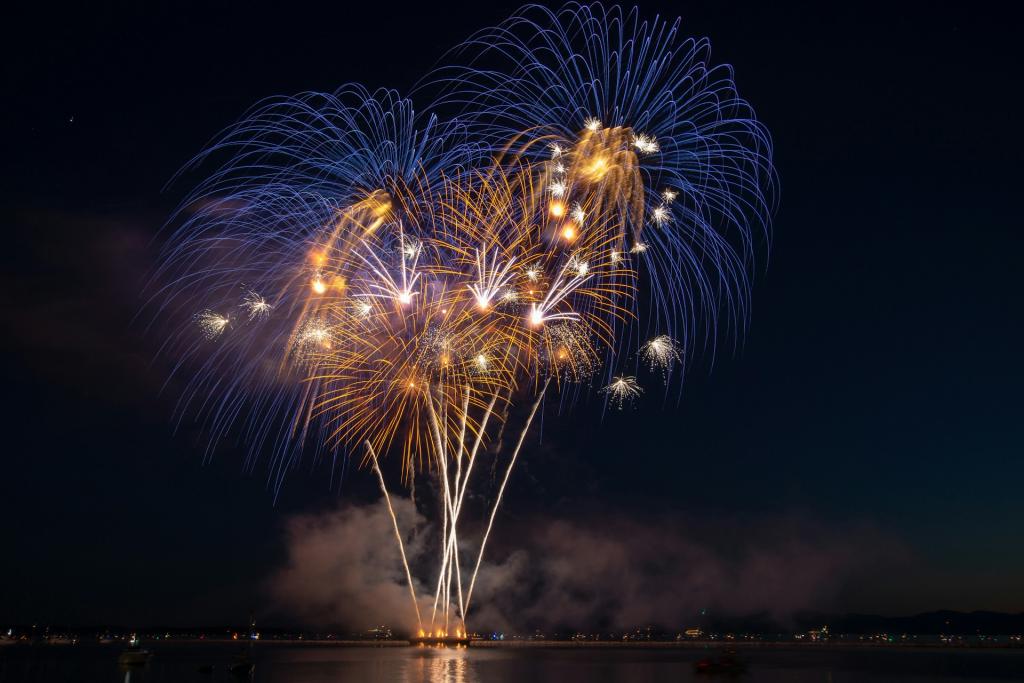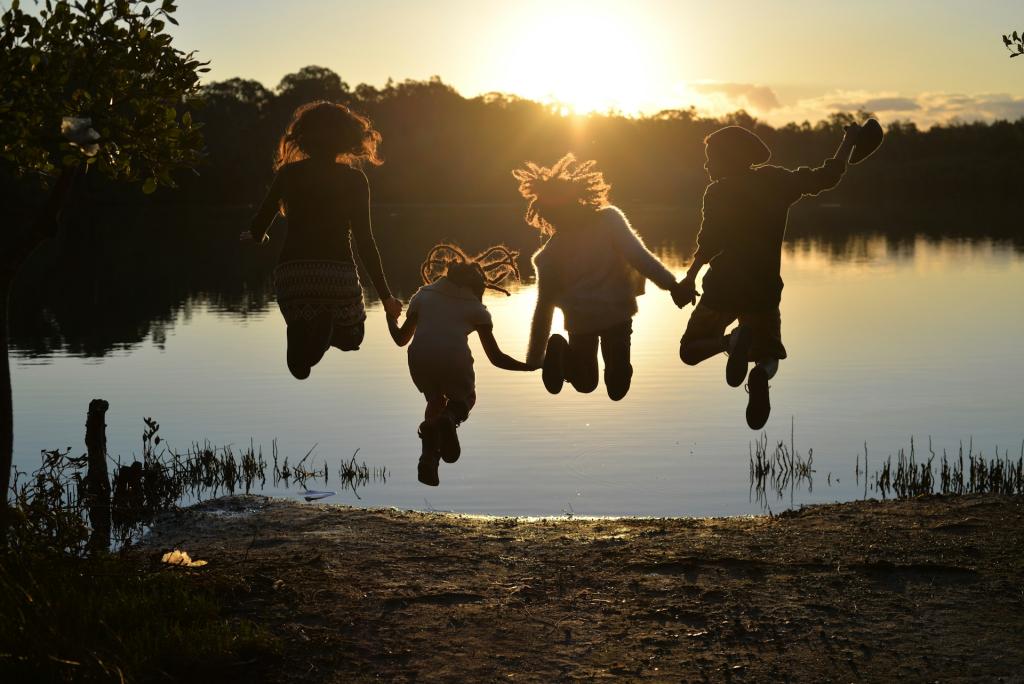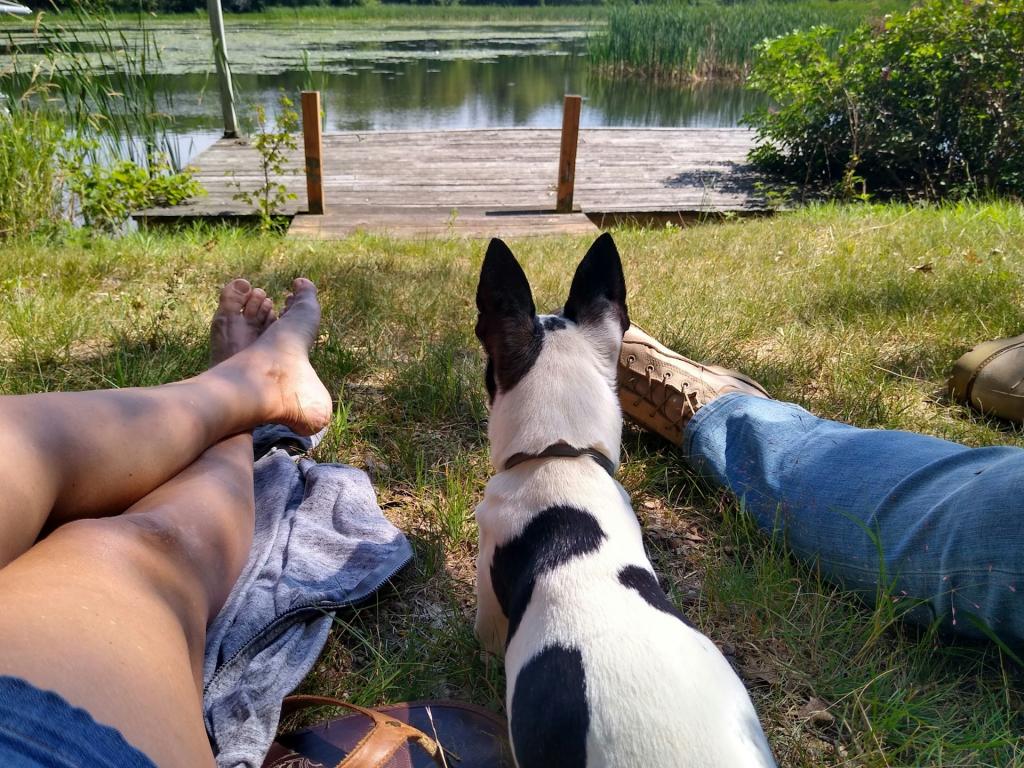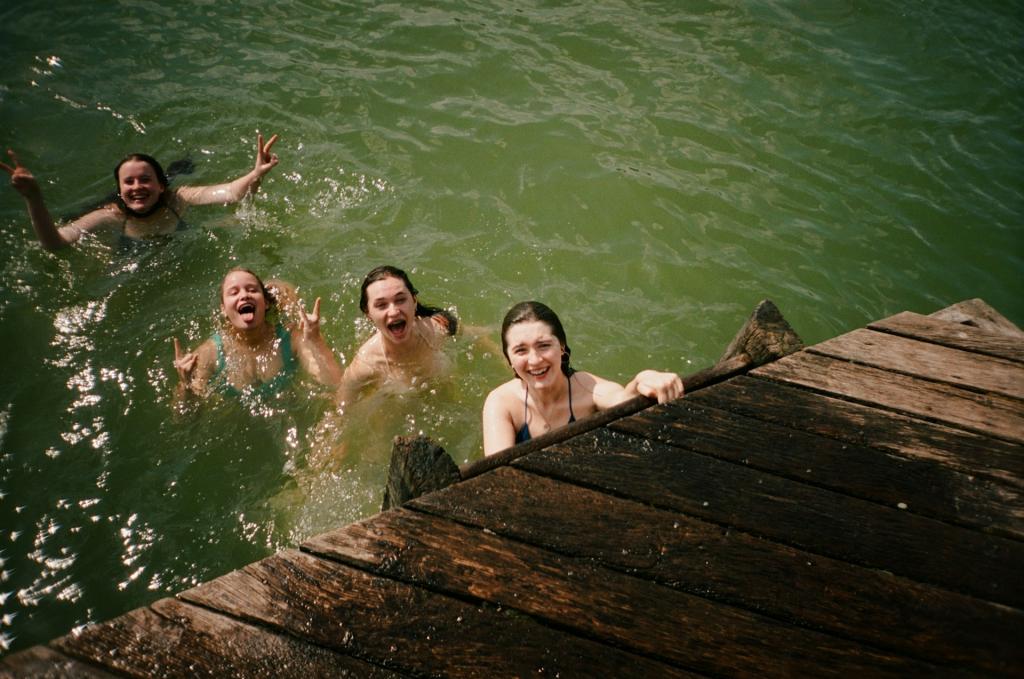
As the year winds down and the air takes on that brisk sense of renewal at your lakeside retreat, New Year’s Eve offers the opportunity to craft a dinner that combines the warmth you crave with a touch of sparkle worthy of the turning year. In a lake-home setting—whether your porch looks out over misted water at dawn or you’re nestled in a modern cabin by the shore—the food should feel inviting, relaxed, and accessible. Yet, it should be memorable enough to mark the transition.
Think dishes you can prepare without undue stress, leveraging quality ingredients and straightforward techniques. This way, you’re able to engage with guests or settle in with your partner rather than be buried in the kitchen. At the same time, these dishes should carry a modest sense of occasion: a crusty loaf alongside a rich stew, a dish with seafood or duck. Something that feels hearty and soul-warming but isn’t fussy. With that in mind, here are seven options that strike that balance—each a celebratory dish from a reputable source, offering a distinct flavor profile.
Classic Duck à l’Orange

For a truly elegant New Year’s Eve entrée, this classic Duck à l’Orange from vintage Gourmet (via Epicurious) delivers refined, celebratory energy. It does so without leaning too much on seasonal or Christmas-specific elements. The recipe balances crisp, golden duck with a bright, sophisticated orange sauce made from fresh citrus, stock, and a touch of caramelized sugar for depth. It feels festive in a timeless way—special enough for the holiday yet universally appropriate. The glossy finish and aromatic profile present beautifully on a buffet-style table alongside sparkling wine or Champagne cocktails. Moreover, because the duck roasts hands-off, hosts can maintain a relaxed flow while preparing other offerings. For prep time and roasting, you’ll need approximately 2 ¼ hours. Visit Epicurious for this classic recipe from Gourmet.
Seafood Cioppino

If a hearty soup is more your style, this tomato-based seafood stew brings haddock, shrimp, clams, and crabmeat into a rich, warm, and satisfying broth. It’s perfect for a lakeside winter evening. The flavor profile features bright brine from shellfish, depth from tomato and herbs, and the comfort of crusty bread to dip. Prep time is about 30 minutes, cook time around 1 hour 15 minutes. So, roughly 1 hour 45 minutes total for the full recipe. You can build the base ahead. Then finish the seafood closer to mealtime so the dish feels composed without juggling everything late in the evening. Visit Taste of Home for this satisfying and celebratory recipe.
Roasted Cornish Hens

Cornish hens make a perfect New Year’s Eve addition because they feel luxurious without being fussy. Their individual size adds a tailored, restaurant-quality touch. With this Food & Wine–style preparation, you can pair your roasted hens—seasoned simply with olive oil, garlic, herbs, and citrus—with a fragrant wild rice pilaf studded with toasted almonds, herbed mashed potatoes, or a salad tossed with mustard vinaigrette. Choose whatever sides suit you and your guests the best. You can also serve this with lightly charred broccolini drizzled with lemon to keep the plate bright and modern. The trio looks cohesive on a party table, offers upscale winter flavors without heaviness, and complements the other dishes without duplicating any ingredients or profiles. It’s an elevated yet accessible option that rounds out the holiday menu beautifully. Prep time is 20 minutes, with a total time of approximately 2 ¼ hours. Visit Food & Wine for roasting instructions.
Sausage and White Bean Cassoulet

For the hearty, low-stress main that still conveys effort and depth, this bean-and-sausage cassoulet is ideal. The dish features white beans and Italian sausage in a richly seasoned bean ragout—comforting, filling, and practically made for a crisp lakeside night. The flavor profile reveals creamy beans, savory sausage, herbs, and a gently baked top. Because it’s simpler than the fully traditional version, it’s manageable for a New Year’s Eve gathering. Prep time is about 15-20 minutes, and cook time is about 45 minutes. So plan for about an hour to complete. It lends itself to being assembled ahead of time and warmed, which is ideal for a relaxed evening. Visit Epicurious for the recipe.
Creamy Tomato Lobster Linguine with Garlic Breadcrumbs

This pasta recipe features lobster tails in a tomato-cream sauce with garlic, herbs, and crispy garlic breadcrumbs on top. The flavor profile highlights sweet lobster meat, bright tomato, and herb sauce with a rich cream underpinning. The garlic breadcrumbs bring delectable crunch and texture. Prep and cook time is around 30 minutes. Surprisingly versatile, this dish is also perfect in summer climates. But for your lake-home New Year’s Eve setting, it offers the elegance of lobster yet remains approachable. Visit Half-Baked Harvest for the recipe.
Gougères with Smoked Salmon, Caviar, & Prosciutto

If you’re hosting an appetizers-only soiree, consider these gourmet nibbles as satisfying starters. This elegant Gougères with Smoked Salmon, Caviar, & Prosciutto leans a bit more toward “celebration” without all the effort if you’re pressed for time. Choux pastry puffs filled with Gruyère are topped with smoked salmon, prosciutto, or caviar as you like. The flavor mix highlights airy pastry, salty cheese, and smoked fish and meat for a luxe finish. You’ll need approximately 20 minutes of prep and 25-30 minutes of baking, for a total of 45-50 minutes. This works well for pre-assembling earlier in the day and heating just before guests arrive. This lets you kick off with something elegant but not overly fussy. For the recipe, visit Food & Wine.
Veggie Tempura Platter

For an offering that brings freshness, color, and texture to the menu, this assorted veggie tempura works well as a side or part of a shared platter. Add this to your arsenal of appetizers and serve it alongside Gougères with Smoked Salmon for your vegetarian guests. The dish features sweet potato slices, onion half-rings, bell pepper, green beans, and shiitake mushrooms. All are coated in batter and deep-fried until crisp. You can serve it with soy sauce or an array of dipping sauces. The flavor profile blends lightly sweet vegetables with crisp batter, and the dipping sauce brings a savory finish. Plan for 25 minutes of prep and 15 minutes of cooking, for a total of about 40 minutes. It’s a smart choice for a lake-home kitchen because you can prep your vegetables while another dish cooks. Fry just before serving for maximum crispness. Visit Allrecipes for the instructions.
For the lake-home host who wants a New Year’s Eve that feels simultaneously relaxed and elevated, the lineup above balances comfort and style. Each dish has been chosen with an eye toward manageable preparation, robust flavor, and a little bit of occasion — whether you’re toasting over the shoreline or dining indoors while the wind whistles outside. With these recipes in hand, you can settle into your lake-home kitchen with confidence, spend time with guests, and ring in the new year with good food, good company, and the right tone for a memorable evening. For more inspired recipe ideas to live your best lake life, visit Lake Homes Lifestyles.

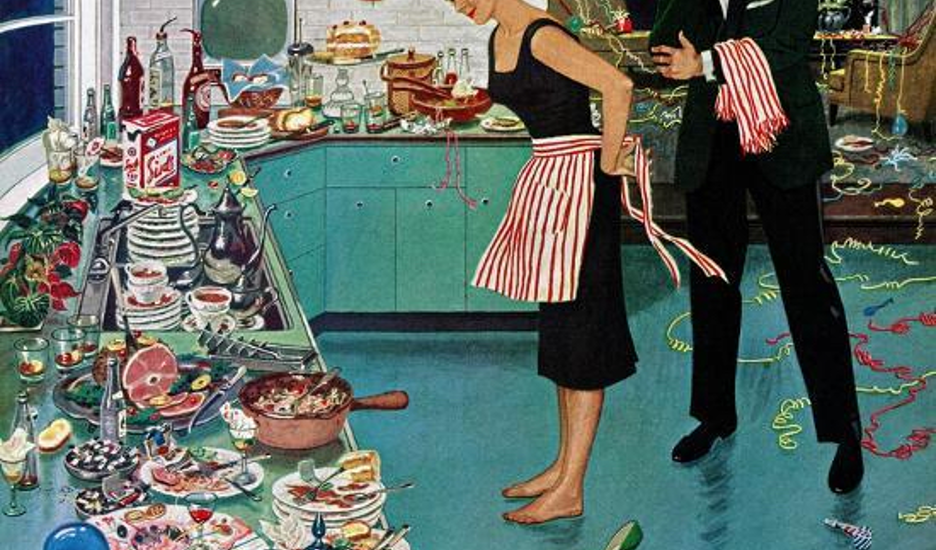






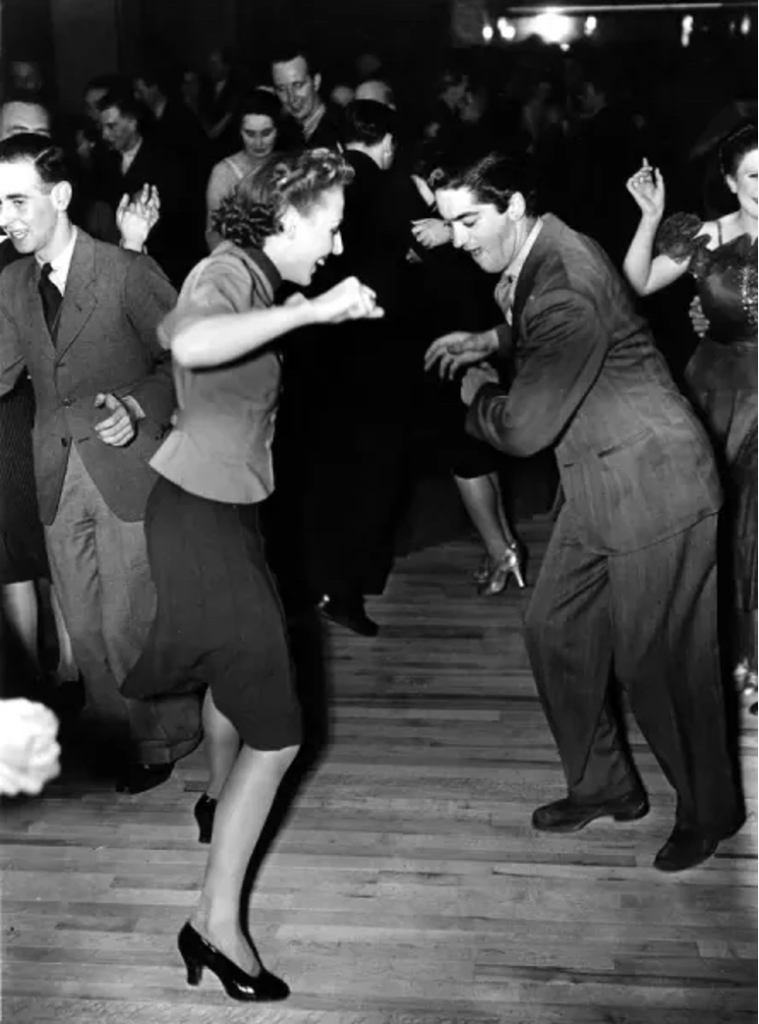







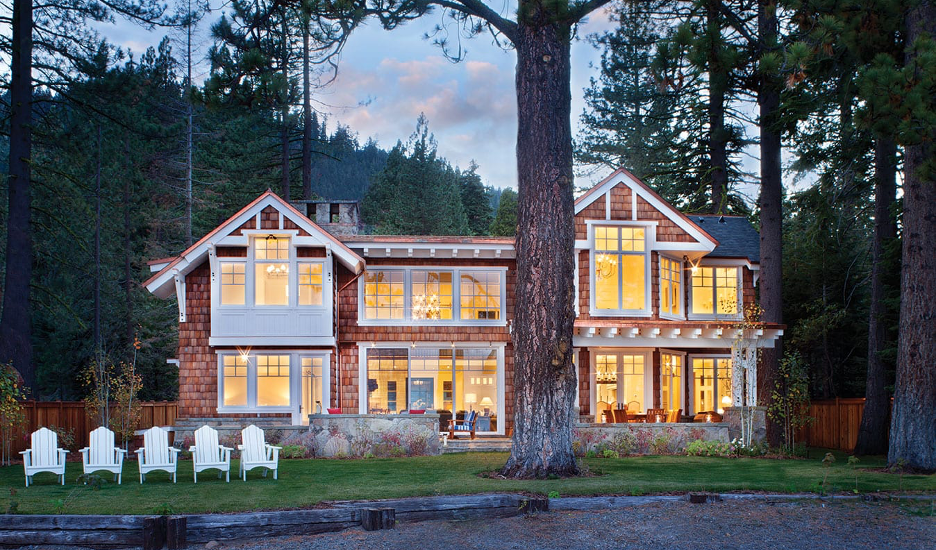

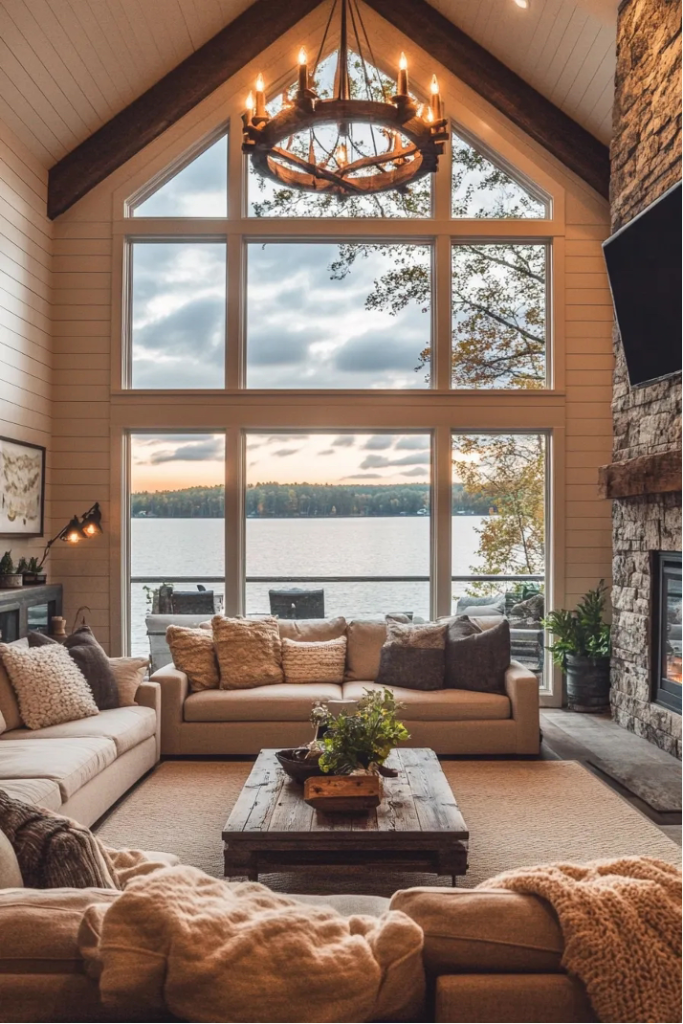






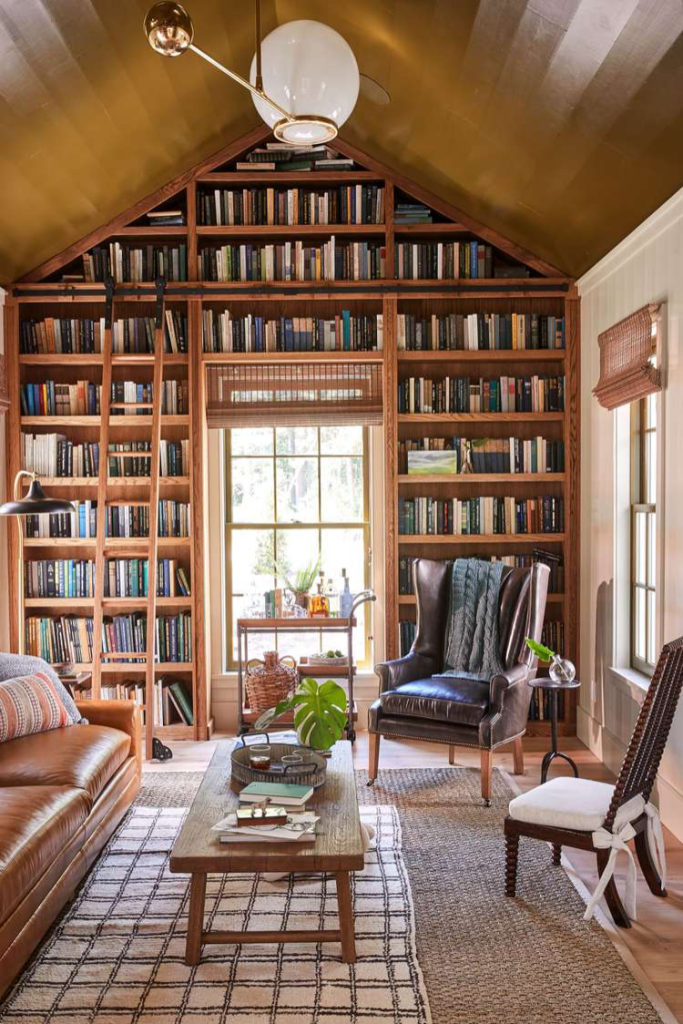



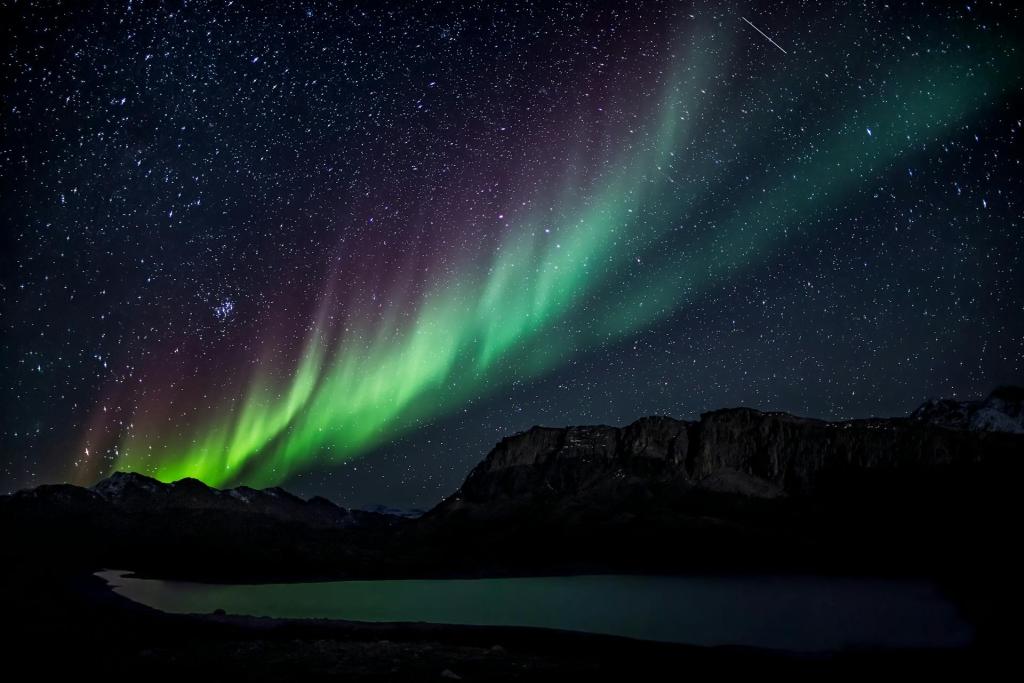



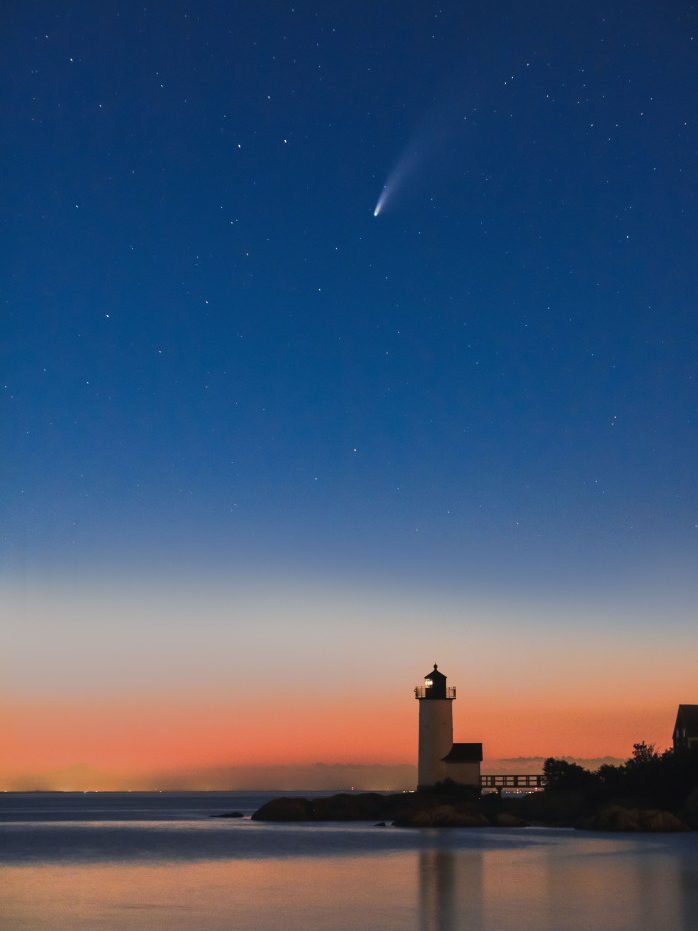
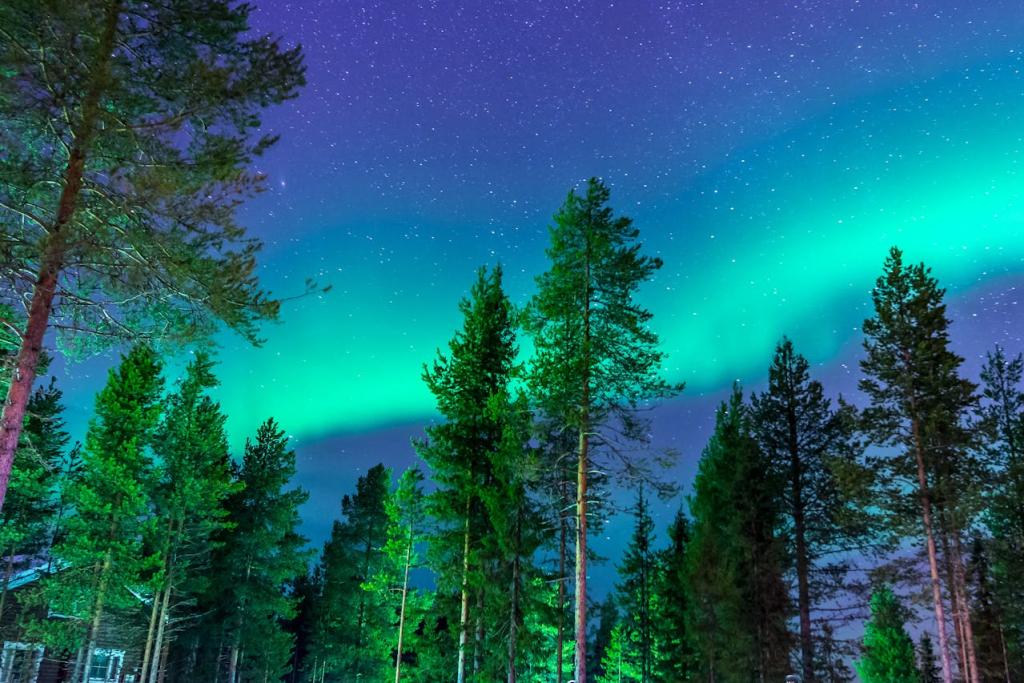
![[CandysDirt.com] First Look: Emerald Bay at Cedar Creek Lake Hosts Launch Celebration](https://www.lakehomes.com/info/wp-content/uploads/2025/10/Emerald-Bay-channel-edit-768x397-1.jpg)
![[AL.com] Stunning $4.9M mansion on 26 acres on Smith Lake is ‘one of a kind’](https://www.lakehomes.com/info/wp-content/uploads/2025/09/25-1868-1_20250912131334-1240x550.jpeg)
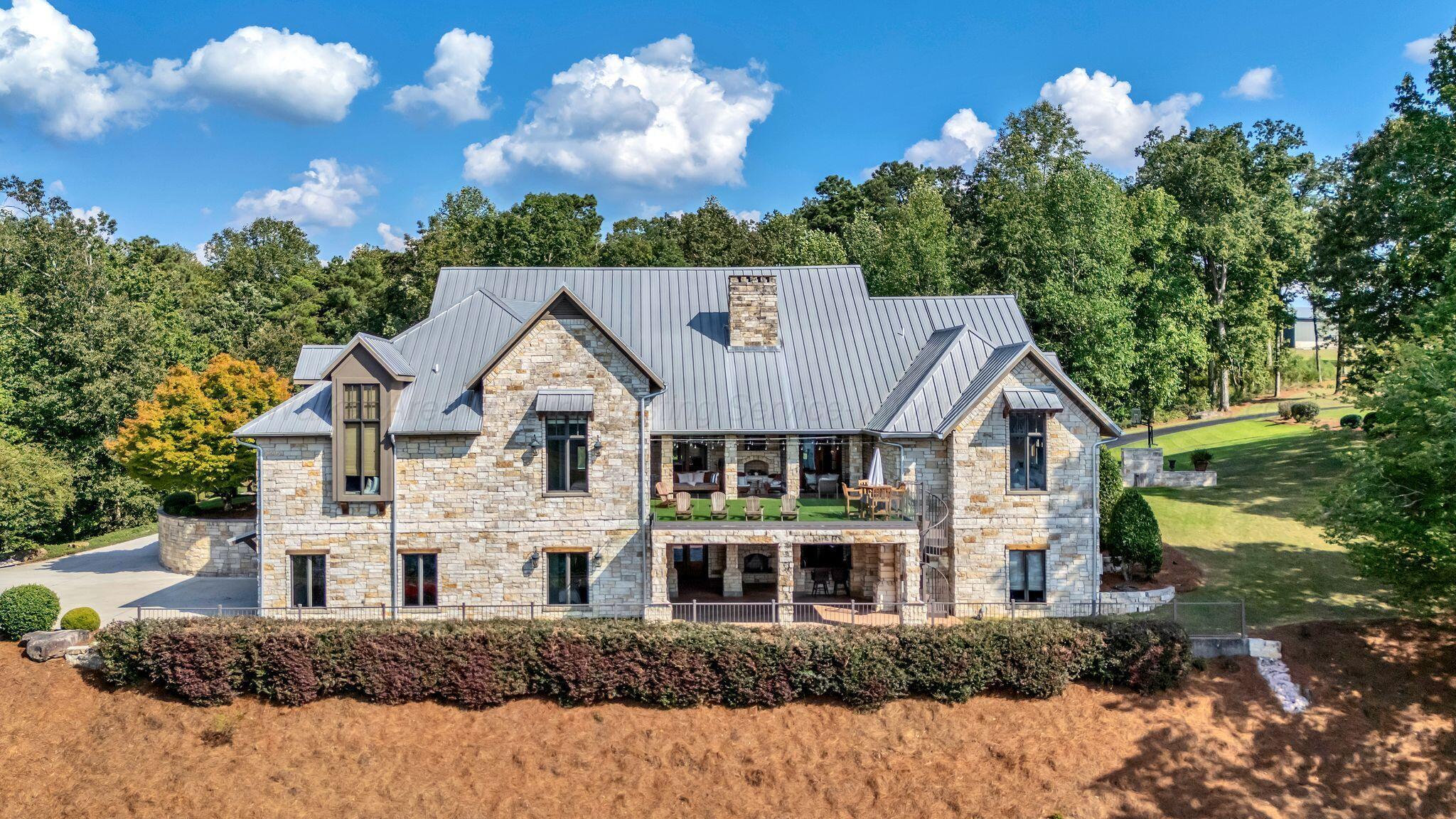
![[CandysDirt.com] You Can Still Get a $6K Lot at Cedar Creek Lake — or a $19M Retreat With Room for 30](https://www.lakehomes.com/info/wp-content/uploads/2025/08/shutterstock_683889448-min-1240x550.jpg)




